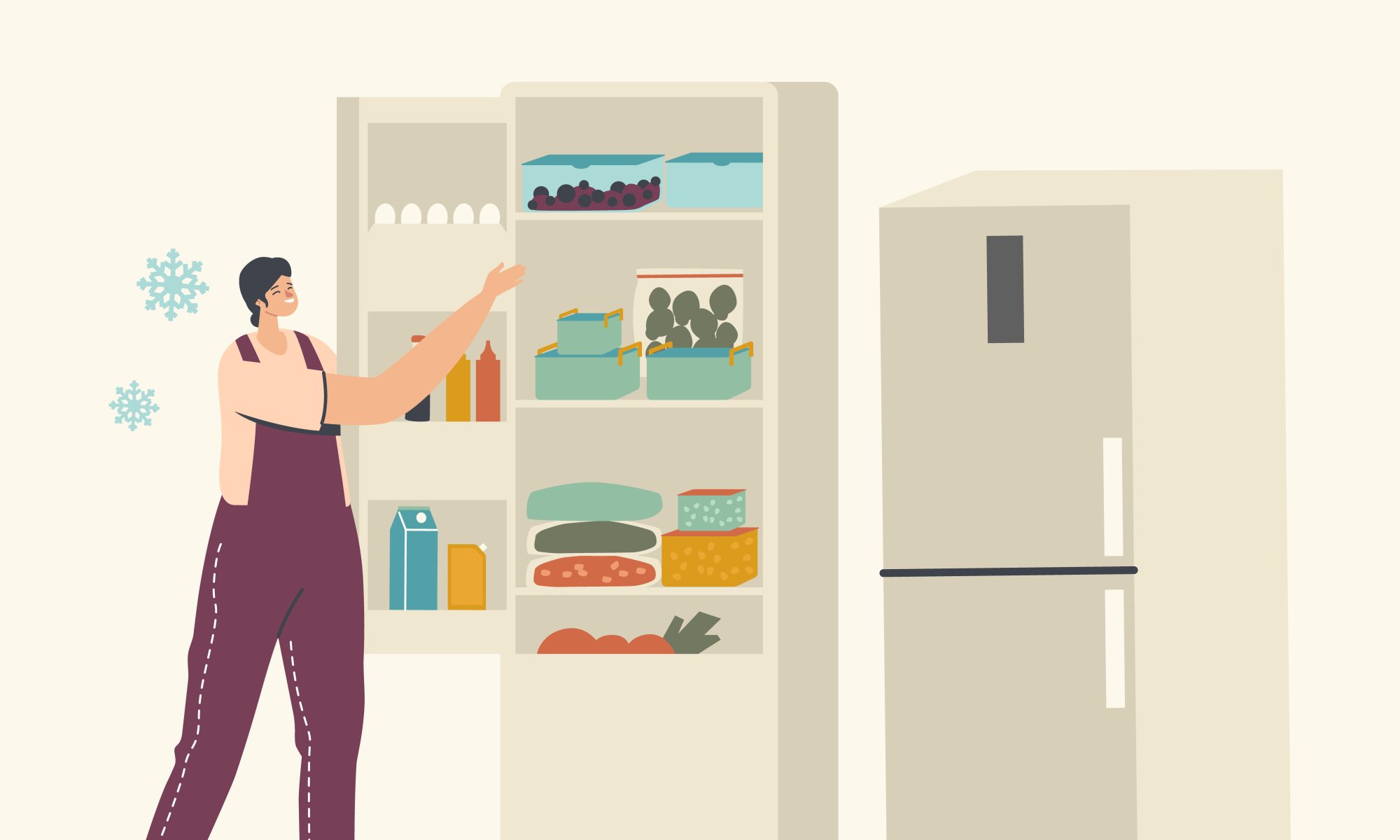This week, I completed the final LED response validation and finalized the wiring organization for our project. All hardware components were tested together in a full system run to ensure stable operation and reliable communication between pressure sensors, NFC scanners, LED indicators, and the central microcontroller. I’m in the process of integrating the temperature and humidity sensors as well as the final LDR into the system and validated their readings through preliminary tests.
A major focus this week was preparing the hardware for demo by physically reinforcing all sensor placements, optimizing cable routing to minimize visual clutter and signal interference, and finalizing the concrete plan to securely wrapping the system in a silicon mat to complete the device’s final assembly.
One of the main challenges this week was time management—balancing system testing, hardware reinforcement, sensor integration, and predictive logic development within a very compressed timeline. Minor troubleshooting was also needed to stabilize the temperature sensor readings, which initially showed fluctuations due to wiring noise.
Looking ahead, my final steps before the demo include running complete, end-to-end system tests under different simulated user scenarios to ensure reliability during the live demo. I will also polish the LDR wake system and humidity sensor integration.
Throughout this final phase, I relied heavily on rapid iteration and hands-on debugging, drawing from earlier informal learning and adapting techniques on the fly. Reflecting on this capstone, I feel that this project significantly strengthened my ability to manage full hardware-software integration, troubleshoot real-time sensor systems, and deliver a functional prototype under tight deadlines.
